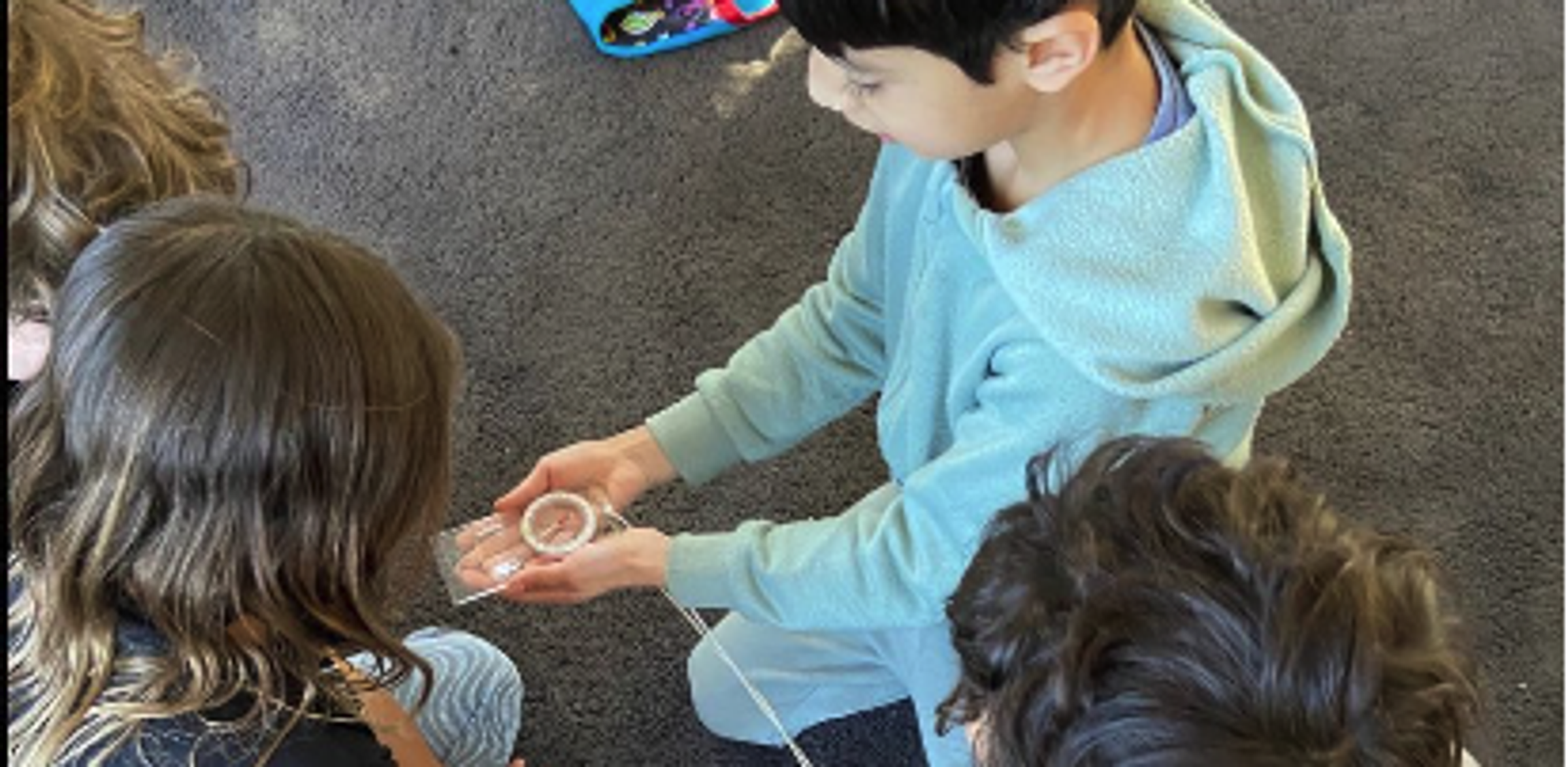Numeracy at Arlington

Lighthouse
The Lighthouse Keepers are continuing their research into 3D shape. The group has been using magnetic tiles to create the shapes we have been discussing. As a challenge, the children then used plasticine and toothpicks to create 3D nets. Once they all seemed comfortable identifying the shapes, the children were given a sheet with 7 different 3D shapes on it. Next to each shape there were two columns. One asked how many faces the shape had while the other asked how many corners it had. On each table in the room, there were different examples of each shape. Some of the 3D shapes were blocks, boxes, toys, stationary and containers, etc. They compared the objects to the pictures on their worksheets. They then counted the faces and corners of each object and documented their thinking. As a class, we will be applying our knowledge of 3D shapes to help us create figurines of dinosaurs. We’ll make 3D shapes out of plasticine to reimagine the key characteristics of dinosaurs.
Loft Room
As part of our Unit of Inquiry, Exploration leads to Discoveries, the children embarked on a mission to identify the perimeter and map out the shape of the Loft Room. The peculiar shape, irregular, and with one half of the room already at a count of 18 corners/sides, the Loft Room surveyors and cartographers set to work. The task was outlined below: Pretend you are floating over your classroom, or perched above it like a bird. When you look down, you see the room from above. Draw what you see. A map shows a place from above. A map is a drawing of a real place, a map has four main directions, they are north, south, east, and west. Directions tell us where things are and help you read maps. Students started to discover and learn about the concept of perimeter, boundaries, compass points and directionality, orientation, and shrinking down a life size structure onto paper as a precursor to how scale is used in maths.
The children are also inquiring into the connection between the sun, and telling the time. How can shadows help us understand this connection?
Sunroom
The Sunroom children have been exploring multiplicative thinking through a range of tasks and applications. The children are building a range of strategies to help them solve problems involving multiplication. They also used their knowledge of multiplication to explore Prime Numbers. .
Multiplicative thinking involves much more than rote recall of ‘times tables’ facts, however, the practising of the multiplication tables for recall can support children to tackle increasingly complex problems efficiently. While many schools might use competitive games to engage the children in committing their ‘times tables’ to memory, we have set up home learning games and activities to achieve this. We are encouraging families and children to record themselves on SeeSaw as their recall develops.
Multiplication Paper Scissors Rock.
Each player holds out a random number of fingers. Multiply them together and call out the answer. Play to 5, 10 or any number you choose.
Lego Arrays
Use multiple LEGO bricks to make arrays, or just look at the bumps on the top of a single brick as an array. Identify the multiplication equation for the array shows and the total.
Dominoes
Play dominoes in which each player gains points if the ends add together be a multiple of 2, or 5. Or you can use the dominoes bricks as a multiplication problem to be solved.
Dice Multiplication
Each player has 2 dice. Players roll at the same time and multiply their numbers. The play with the highest product takes a point for that round. The one with the most points after 20 rounds wins.
Peppercorns
The Peppercorns are embarking on a collaborative project using their knowledge of 2D and 3D shape to make a construction conforming to specific requirements, thereby extending the children conceptual understanding through hands-on experiences.
Alongside this collaborative project, the children are developing their independence, time management and furthering their individual learning by using the maths program on Khan Academy. Each child is logged in and working on developing skills, taking quizes to map their progress, and working at a level suited to them.


